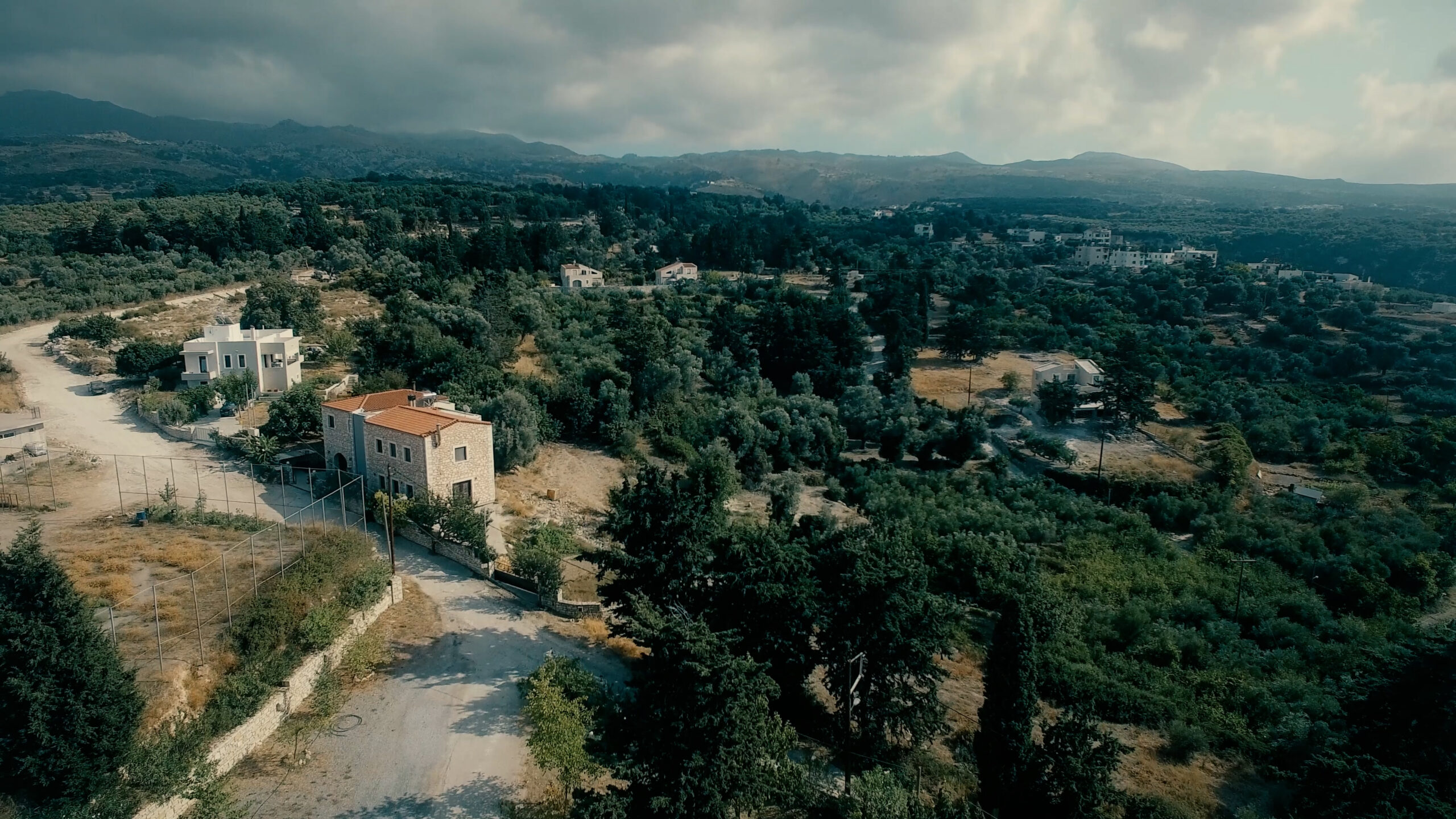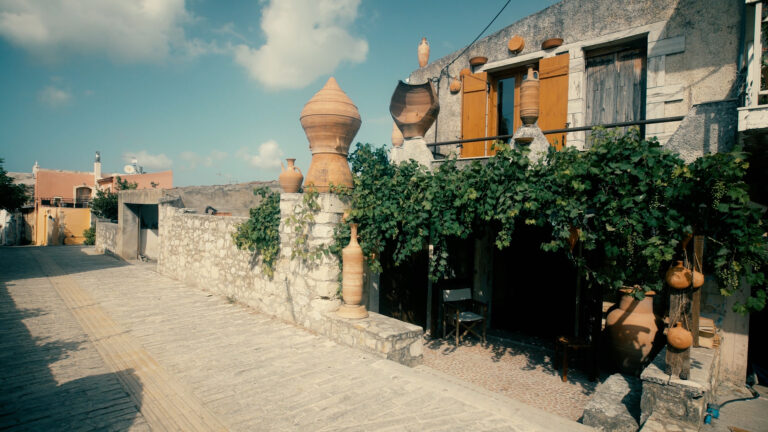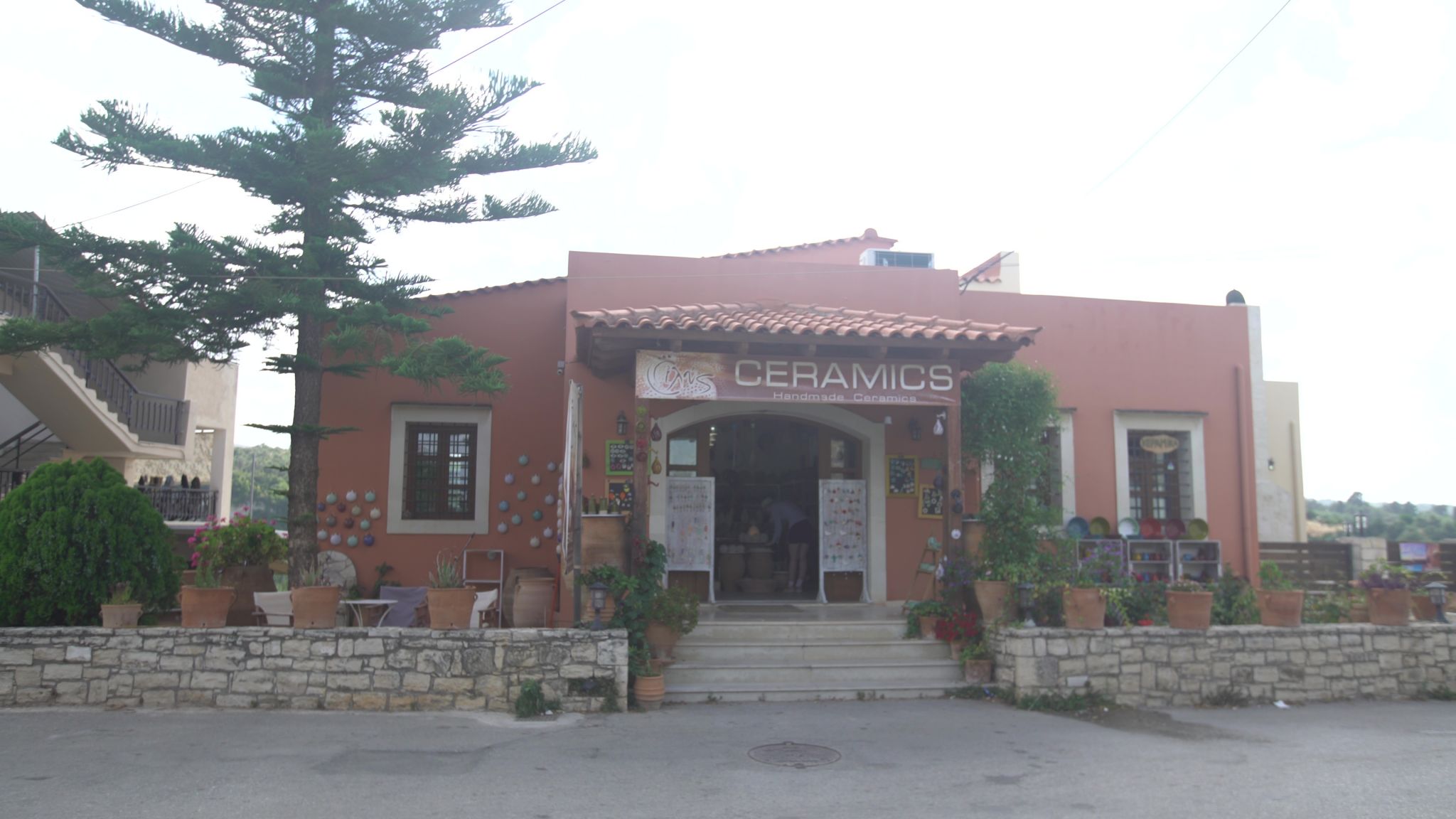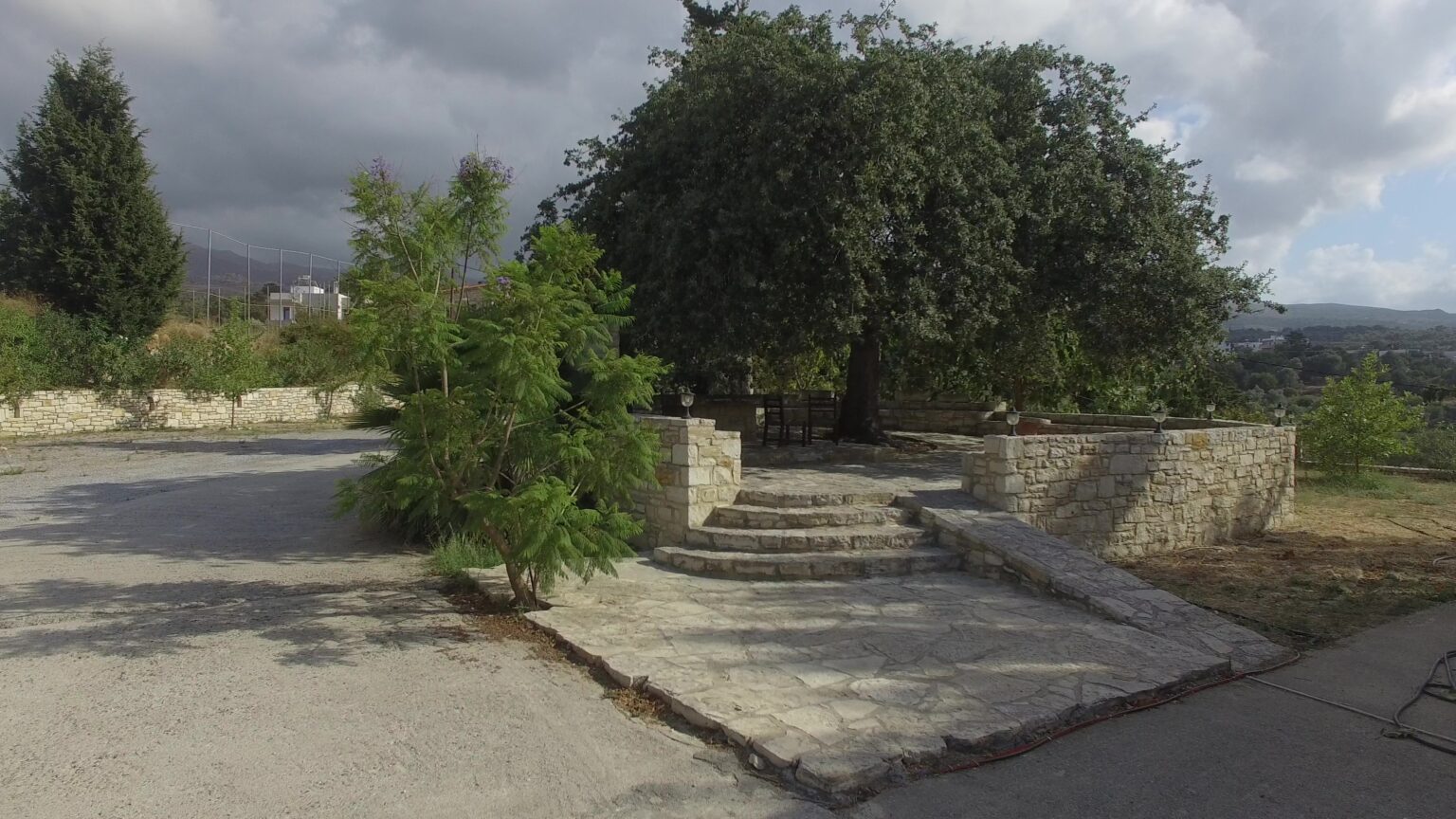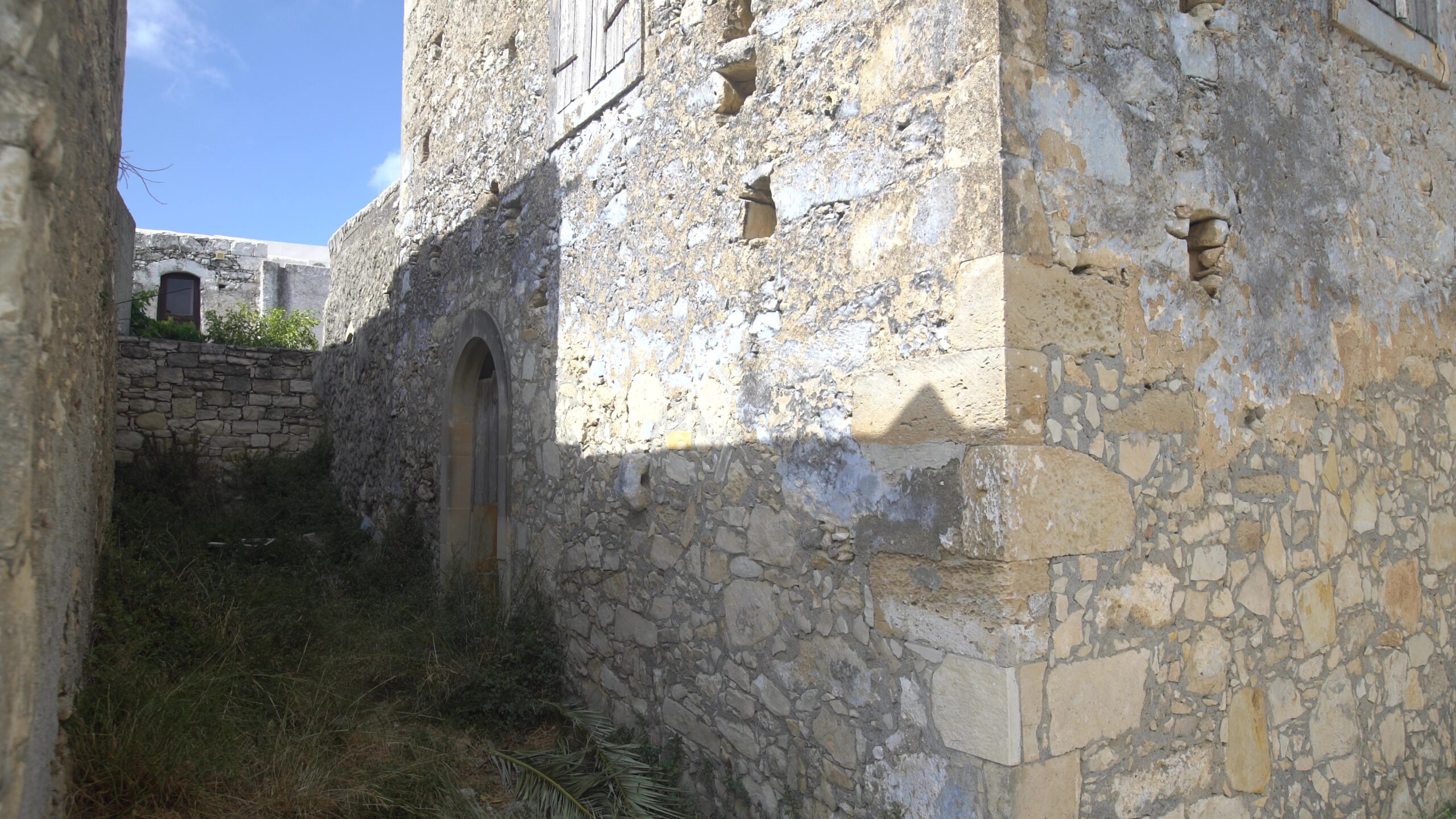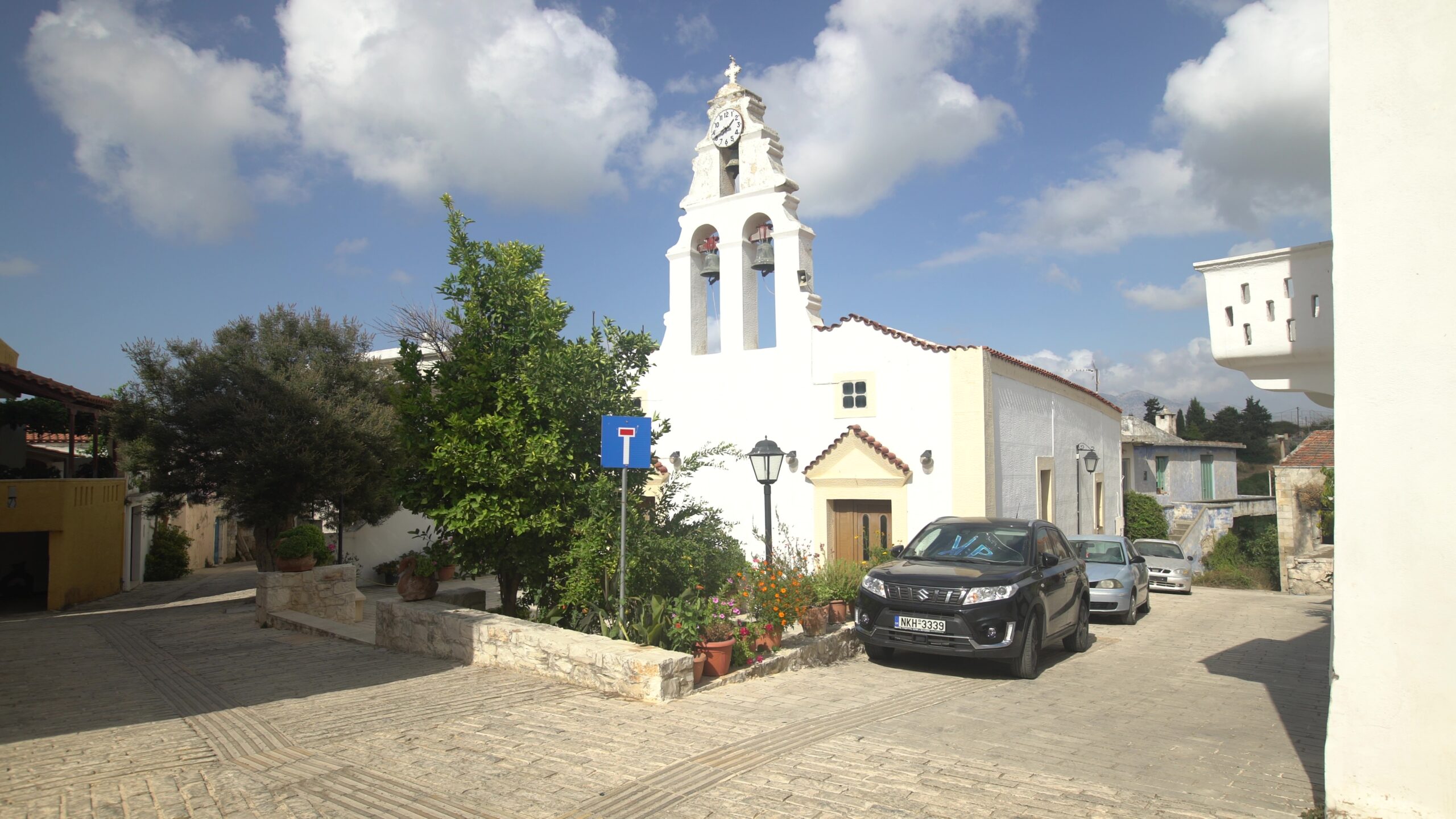The Margarites settlement is located at the northern foothills of Psiloritis at an altitude of 300m. It is 27 km from Rethymnon.
In the Venetian censuses and in documents of the period it is mentioned as “Magarites” which is also the original name of the village. Magarites is also mentioned throughout the Turkish occupation. According to some scholars, the real name is related to the Byzantine word magarikon, as clay vessels were called magarikon during the Byzantine period.
It is considered the largest pottery center in Western Crete and one of the most important ceramics centers in Greece. The main reason is the excellent quality and in large reserves, raw material available which is none other than the clay soil. The first reference to the occupation of the Margaritsana people with pottery comes from the American traveler Richard Pococke, who traveled to Central and Western Crete, in 1739.
However, the village is also of historical interest. This is an area that flourished culturally for centuries, from the beginning of the Venetian occupation onwards, a fact that is evidenced by the architecture of the settlement. During the Venetian period there were many large residences of Venetian nobles with elaborate architecture, such as the house of the important Venetian Dandolo family, with which an inscription is associated, where there are the letters Z D and its neighboring church dedicated to St. Cerium.
Many Byzantine churches are preserved in Margarites. The church of Ag. John the Theologian, 1383, the church of Ag. George which dates back to the beginning of the 14th and Ag. John the Forerunner at the beginning of the 15th century. All three temples have wall paintings. According to local tradition, when the church of Saint John the Theologian was built, the noblemen Kallergis and Varouchas, who lived in the village, went to Constantinople and brought a woven door for the Beautiful Gate of the church. Off-white daisies and lilies were embroidered on this door. Using the door as a model, the weavers of the village wove the famous Margaritsiana textiles that are in demand. The woven daisy pattern, however, has nothing to do with the name of the village, since the name precedes it in time. A separate church is Panagia Perdikiotissa. According to local tradition, there was a reed on the site of the current church. When local residents wanted to burn him to open a passage, they heard a partridge cawing in the thicket. They searched to find the nest and found an icon of the Virgin Mary. That is why they built there a church called “Panagia i Perdikiotissa”.
